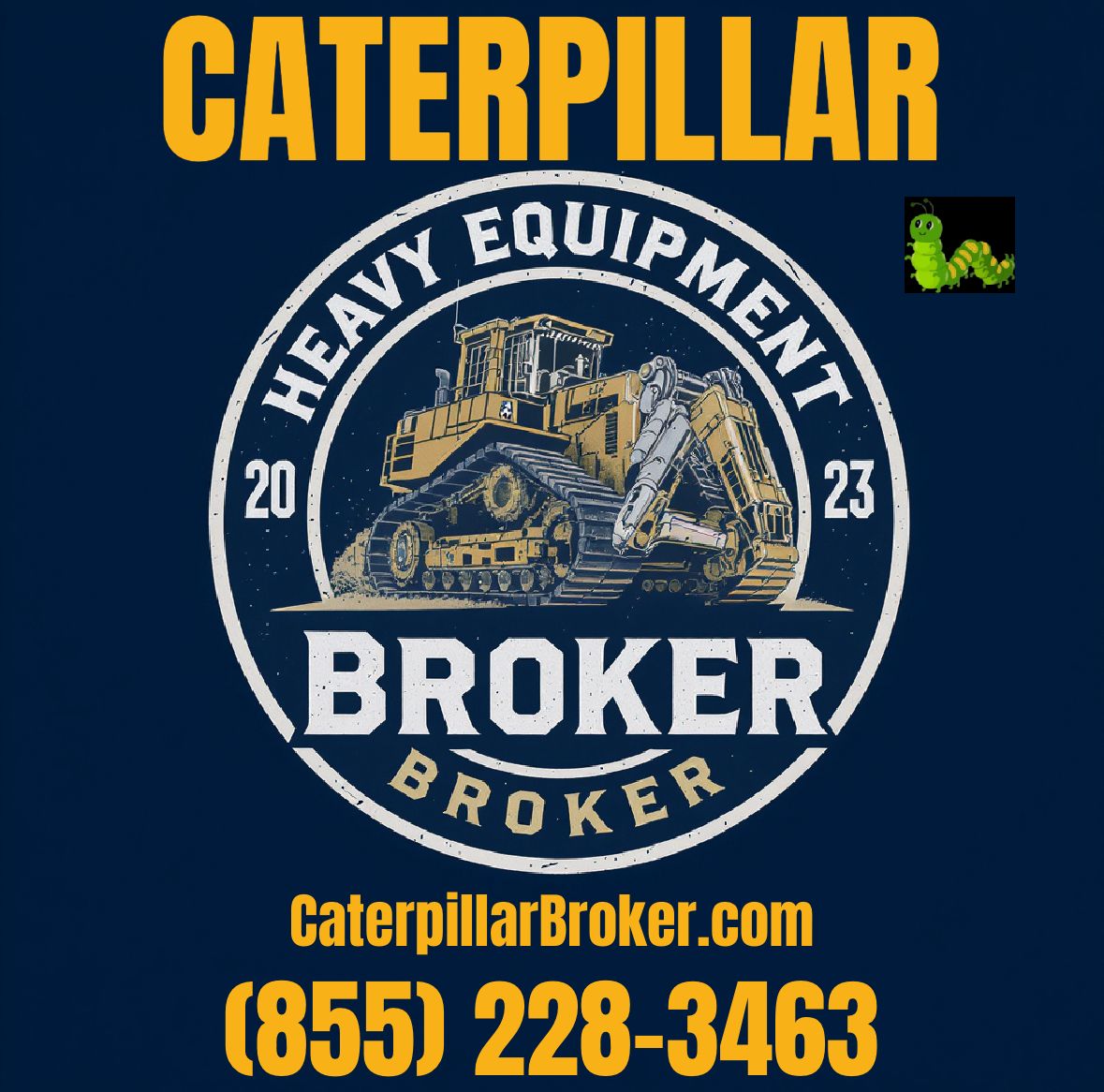How to Maintain Your Construction Equipment for Maximum Efficiency
Regular Inspection and Assessment
Maintaining your construction equipment for maximum efficiency begins with regular inspections. Assessing the condition of your machinery not only helps identify existing issues but also prevents potential problems. Make it a routine practice to check for signs of wear and tear, leaks, and unusual noises. This proactive approach can save you significant repair costs and downtime.
It's important to have a checklist for each piece of equipment. This checklist should cover all critical components, such as the engine, hydraulic systems, tires, and electrical systems. By systematically reviewing each part, you ensure no area is overlooked. Regular assessments can also provide valuable insights into how your equipment is aging and when it might be time for an upgrade.

Lubrication and Fluid Management
Proper lubrication of moving parts is essential for maintaining the efficiency and longevity of your construction equipment. Without adequate lubrication, friction can cause significant wear and tear, leading to costly repairs. Establish a schedule for lubricating key components, such as gears, bearings, and joints, according to the manufacturer's recommendations.
Managing fluids is equally important. Regularly check oil levels, coolant, and hydraulic fluids to ensure they are at optimal levels. Replace these fluids as needed to maintain peak performance. Neglecting fluid management can lead to overheating, reduced efficiency, and even complete equipment failure.

Cleaning and Storage Practices
Keeping your construction equipment clean is more than just an aesthetic concern. Dirt, dust, and debris can accumulate in vital parts, leading to blockages and inefficiencies. Regular cleaning helps prevent these issues and can improve the overall performance of your machinery. Power washing is an effective method for removing stubborn grime.
Proper storage is also crucial, especially during off-seasons or when equipment is not in use for extended periods. Store your machinery in a dry, sheltered location to protect it from harsh weather conditions that can accelerate wear and rust. Use protective covers if necessary to further safeguard your equipment.

Implementing a Maintenance Schedule
Having a structured maintenance schedule is key to ensuring all aspects of your construction equipment are covered systematically. This schedule should include regular checks, lubrication, cleaning, and any replacements needed. By adhering to a maintenance timetable, you avoid the pitfalls of reactive maintenance and keep your equipment running smoothly.
Consider using maintenance management software to track service intervals and reminders. These tools can help streamline the process and ensure that maintenance tasks are not overlooked. A digital record also provides valuable data on equipment performance over time.
Training and Operator Awareness
Proper training of equipment operators is a critical component of maintaining machinery efficiency. Operators should be well-versed in the functioning of the equipment they handle and be aware of the signs of potential issues. Regular training sessions can help reinforce best practices and keep operators updated on new techniques or technologies.
Encourage operators to report any anomalies they encounter during operation immediately. Their firsthand experience with the equipment makes them invaluable in detecting early signs of trouble that could escalate if left unattended.

Conclusion
Maintaining construction equipment for maximum efficiency requires a combination of regular inspections, proper lubrication, meticulous cleaning, structured maintenance schedules, and operator training. By implementing these practices, you not only enhance the performance of your machinery but also extend its lifespan. Remember that efficient equipment results in more productive job sites and ultimately contributes to the success of your projects.
